The places I have been to, the places I have met, all over the three regions, evoke love. Each place, each scene, each person, has a simple and passionate soul of the country. But then I think: will those spiritual values disappear one day? Will the change in regional culture over time cause the loss of the old? Will the traditions and roots of our ancestors be lost? And one day, far away in the coastal countryside of Nam Dinh , when hunger and poverty have gradually subsided, a "Countryside Museum" will appear from the hearts of a village teacher and a border general.
 |
| Tourists visit the Countryside Museum |
The first winds of the season blow, bringing the cold from the sea, and feeling, it seems like the salty taste of the sea mixed in the wind, making the eyes sting. Taking a deep breath of the scent of the homeland, somewhere the sound of children reading rhymed words. The name of the village, the name of the commune sounds strangely familiar - Binh Di hamlet, Giao Thinh commune, out there the fields stretching as far as the eye can see, the rivers carrying someone's childhood... Simple, peaceful corner of the countryside, a typical feature of the countryside of the Northern Delta. But no one dares to be sure, one day that beauty will still be intact, the law of social development, the old will gradually be replaced by new, trendy things. Collecting things from an old time, preserving the soul of the countryside with pieces of life artifacts, then recreating them in a countryside museum space imbued with the colors of the rice civilization, the countryside culture of each period.
The original thatched roofs, the pots of three, seven, copper basins, copper basins, ... the picture of the countryside through the centuries still appears full of emotions. Only 5,000 m2 of land but contains the whole cultural history of a time. Every small detail of the museum is designed and built to carry the soul of the homeland, the thoughts and feelings cherished throughout the life of the creator. Starting from the museum gate - built in the style of the old Northern village gate, on both sides of the gate are models of rice fields, jute fields, in the middle is a lake raising fish, shrimp, crabs... The path on the left is two rows of thatched houses, recreating the original houses of the poor and middle peasants in feudal times with full daily living utensils: jars, pots, mills, rice pounders... On the right is the old landlord's house with a 5-room design, large yard, original, bought from a family in Giao Thinh commune with full accompanying items: tea cabinets, mahogany beds, chests, trays, sofas... In front of the landlord's house is a model of a house built after 1954 with bamboo beds, hemp hammocks, tea tables... all with the same structure as the old style.
The central area is a high-rise building that displays rustic artifacts that are also typical of the modern housing style that has been and is developing in the countryside today, including: An area displaying agricultural production tools; various types of tools for the sea and salt industries that have been associated with farmers, fishermen, and salt workers for hundreds of years; an area with many types of utensils, a large number of thousands of artifacts from ancient to modern, typical of the Northern Delta and coastal areas. A library and reading room with over 1,000 books, in addition to books on customs and practices of the homeland of Nam Dinh, medical books, famous people, culinary culture, science and technology, history, art, military... and many types of magazines introducing famous landscapes, antiques, people and the country of Vietnam. In addition, it is a place to display war relics, associated with the military life of Major General Hoang Kien, showing the memories of an engineer soldier during the fighting and working process for over 42 years. And, one more special thing, around the garden, around the house, recreates a whole "countryside tree museum" with hundreds of types of trees, many of which are in danger of "disappearing" such as the reed tree, the chay tree, the cassava tree, the gardenia tree, the myrtle tree... (types of trees that I believe, nowadays, not many people know about)...
The image of the homeland encapsulates a perspective. That perspective is the emotion, the passion, the nostalgia for decades of attachment to the homeland, the "heartache" for what left an imprint of a time that is gradually fading away, the worry that future generations will forget traditional values. The Countryside Museum was born from those concerns. From the small initial wish of retired teacher Ngo Thi Khieu, wife of Major General Hoang Kien - to build a small library for students and people to have a place to read books and display countryside artifacts that are gradually fading away! Her legitimate wish has received enthusiastic support from the district, commune, neighbors, friends near and far. The Countryside Museum project started in March 2011 and has been operating for more than ten years to serve the people and visitors from near and far. For more than 10 years, the Museum has welcomed more than 250,000 visitors to visit, study, and research. The museum is a private cultural project, a cultural work that recreates the soul, life, spirit of hard work, fighting against nature, fighting against foreign invaders of our ancestors, it is the thread connecting the past with the present and suggesting the future... The noble humanistic meaning with profoundeducational connotation from that work was praised by Professor Vu Khieu with a parallel sentence: "Keeping the quintessence from the past/ For future generations"...
Source: http://baolamdong.vn/du-lich/202407/co-mot-bao-tang-dong-que-o-viet-nam-66530a2/








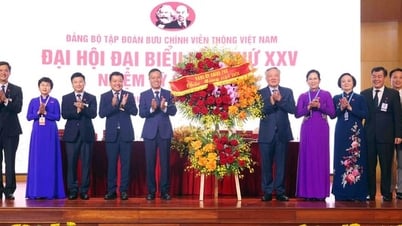







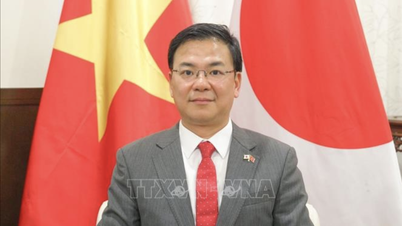

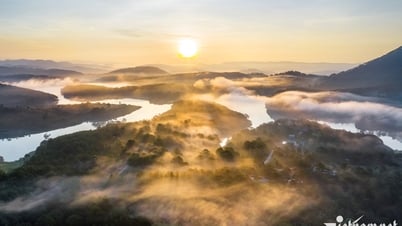



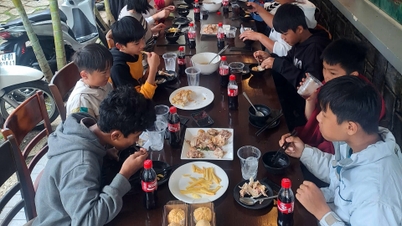

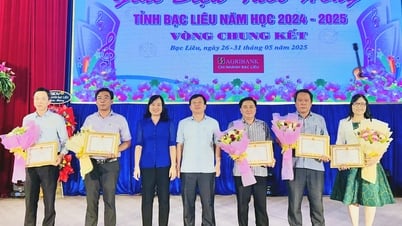
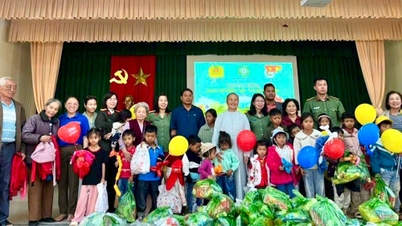
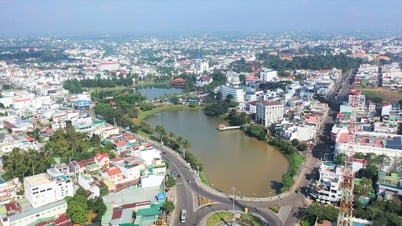





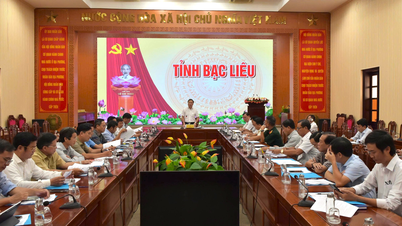
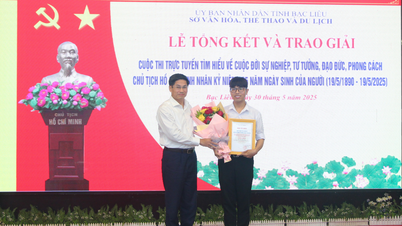


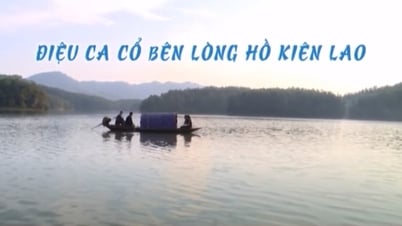



























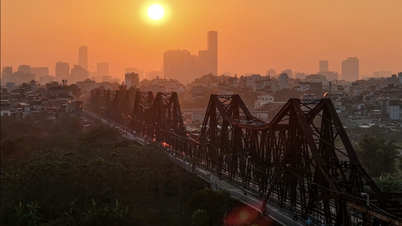











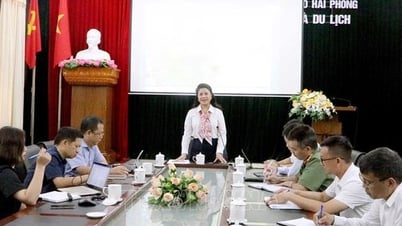
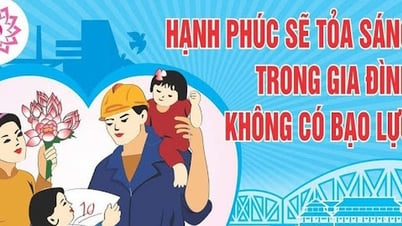
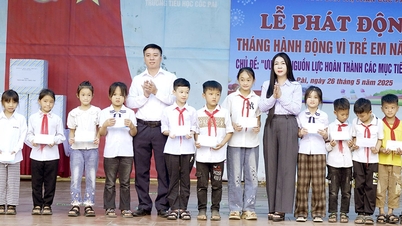


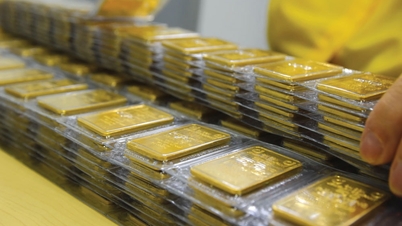















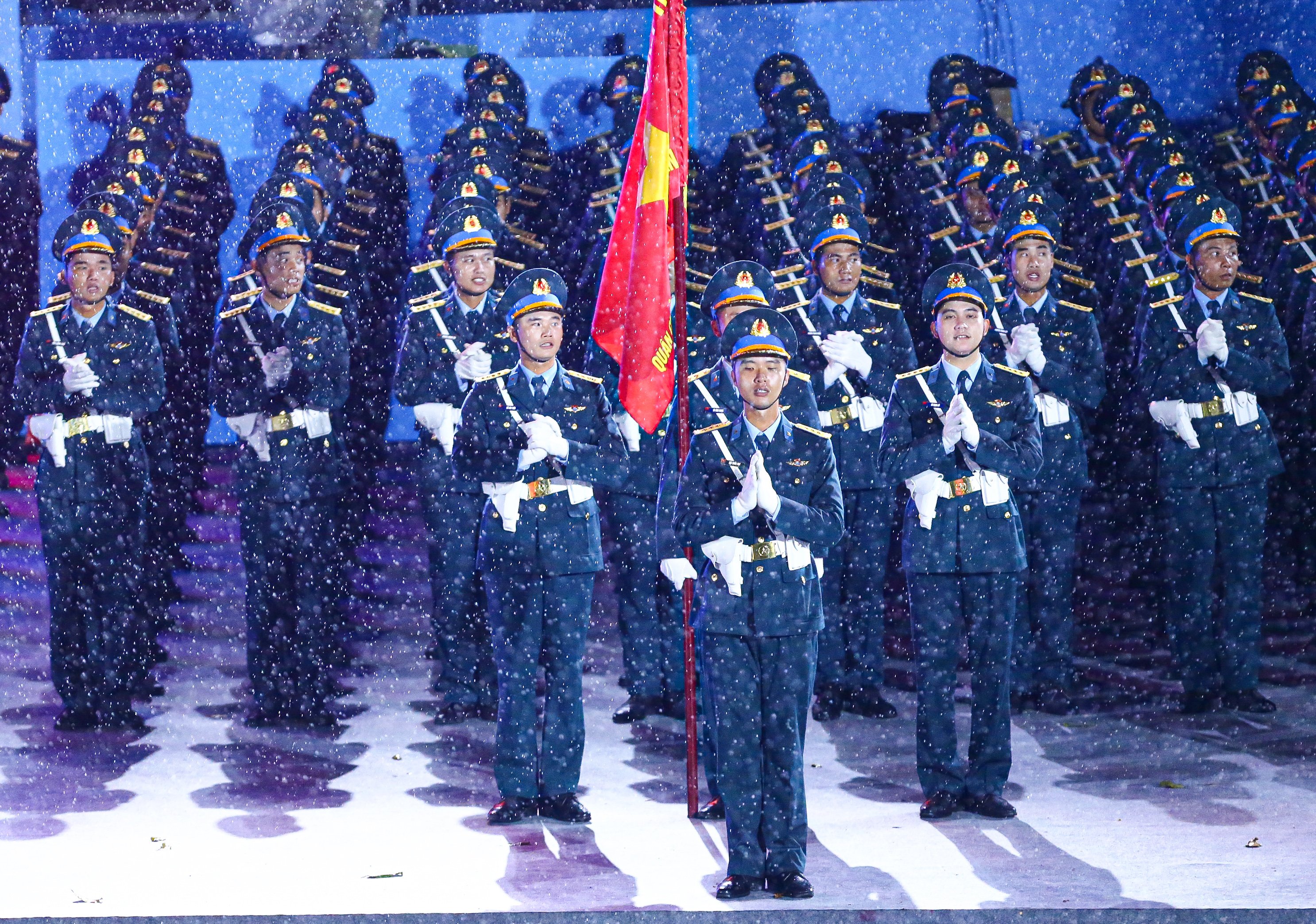
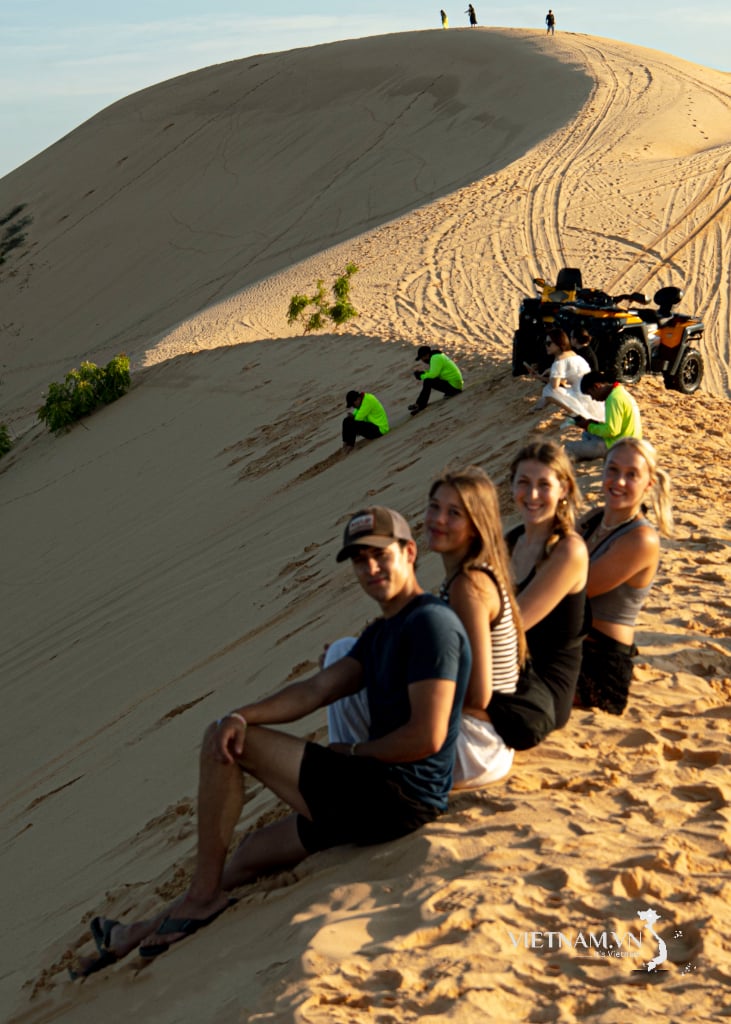
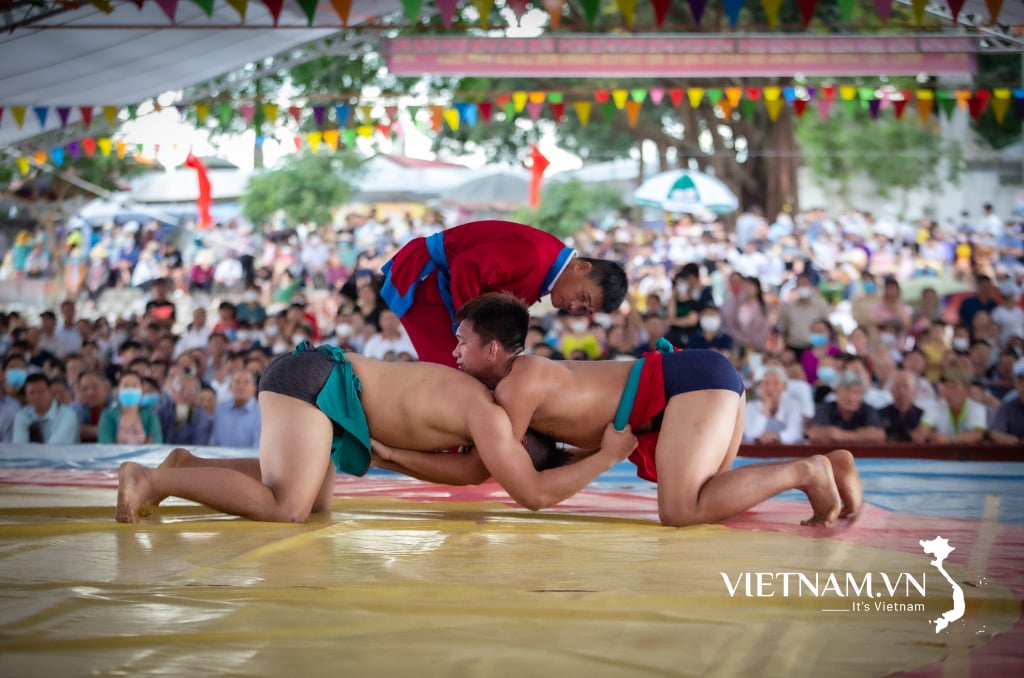
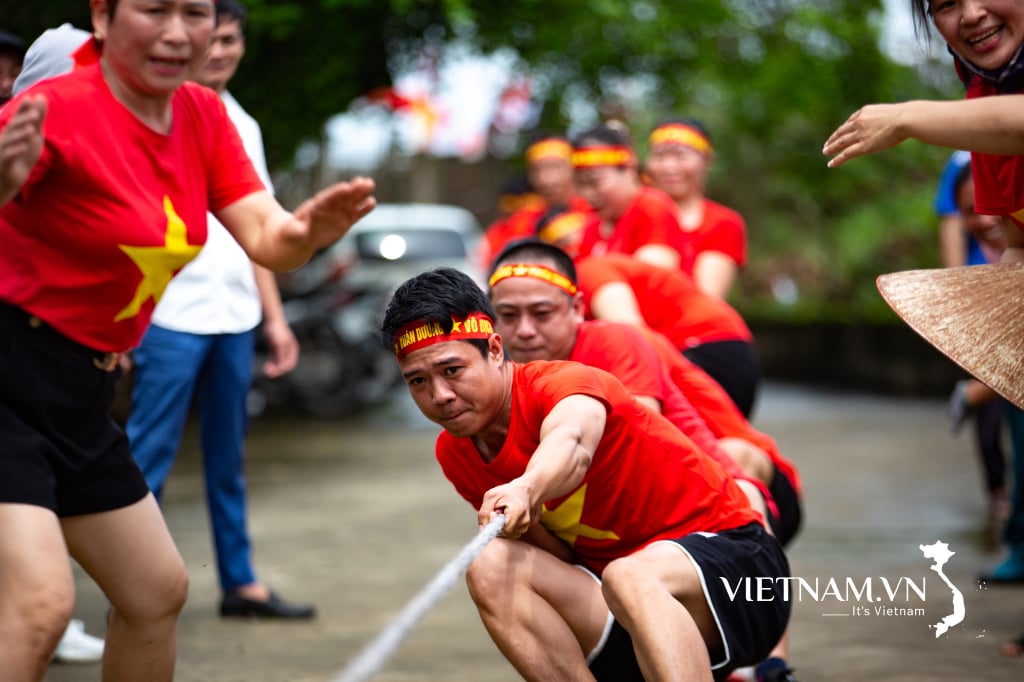
Comment (0)